Housed in the prestigious Palazzo Caccia-Canali in the historic center of Sant’Oreste, the Naturalistic Museum of Monte Soratte provides, through a geological, anthropological, botanical and faunal itinerary, the keys to understanding the Monte Soratte Nature Reserve.
Here are some exegetical details of the museum
It is possible to recognize the traces of the animals that inhabit the woods and to distinguish the most characteristic plants of the area, to discover how the underground caves of Soratte were formed and to imagine, by observing the prehistoric tools, what life was like for the first populations who they inhabited.
Temporary exhibitions, educational activities and cycles of conferences make the Museum a lively cultural center available to tourists, researchers and nature enthusiasts. The museum is equipped with a research laboratory, a room for the conservation and study of botanical exhibits and an educational area with microscopic stations.
About 2 million years ago, the Soratte emerged as a limestone island in the tropical sea of the Pliocene, which covered the current Roman countryside and the coastal strip of Lazio. Today the relief dominates the plain of the Tiber and the extensive layers of volcanic soil north of Rome.
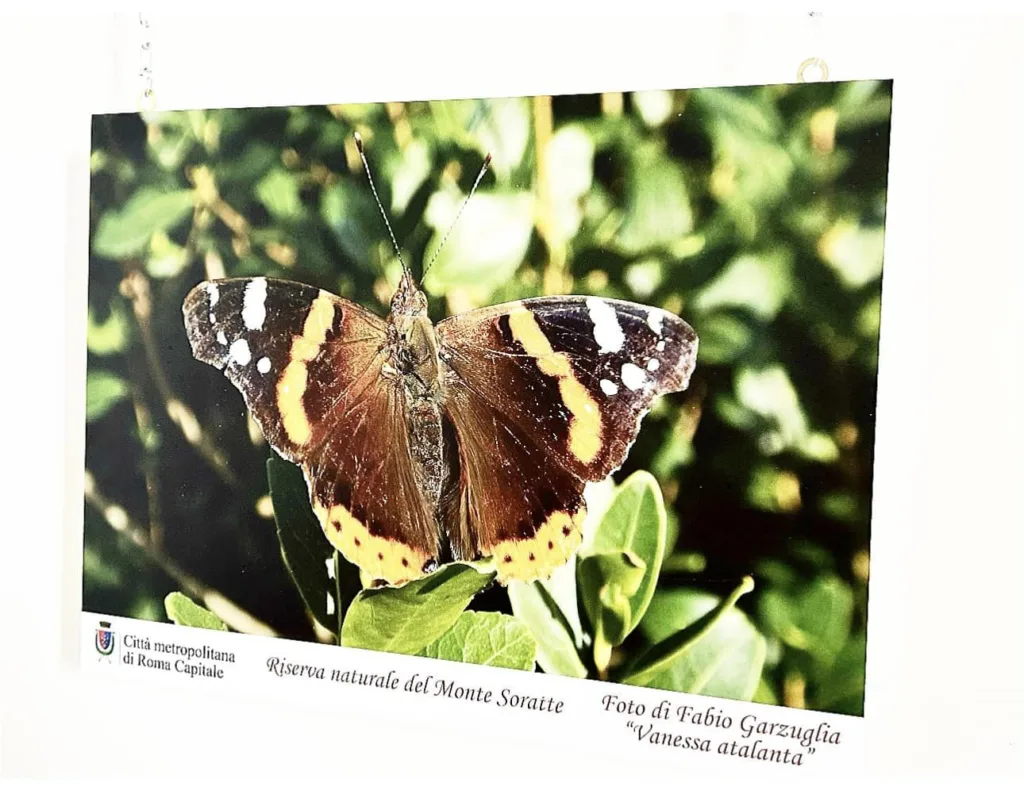
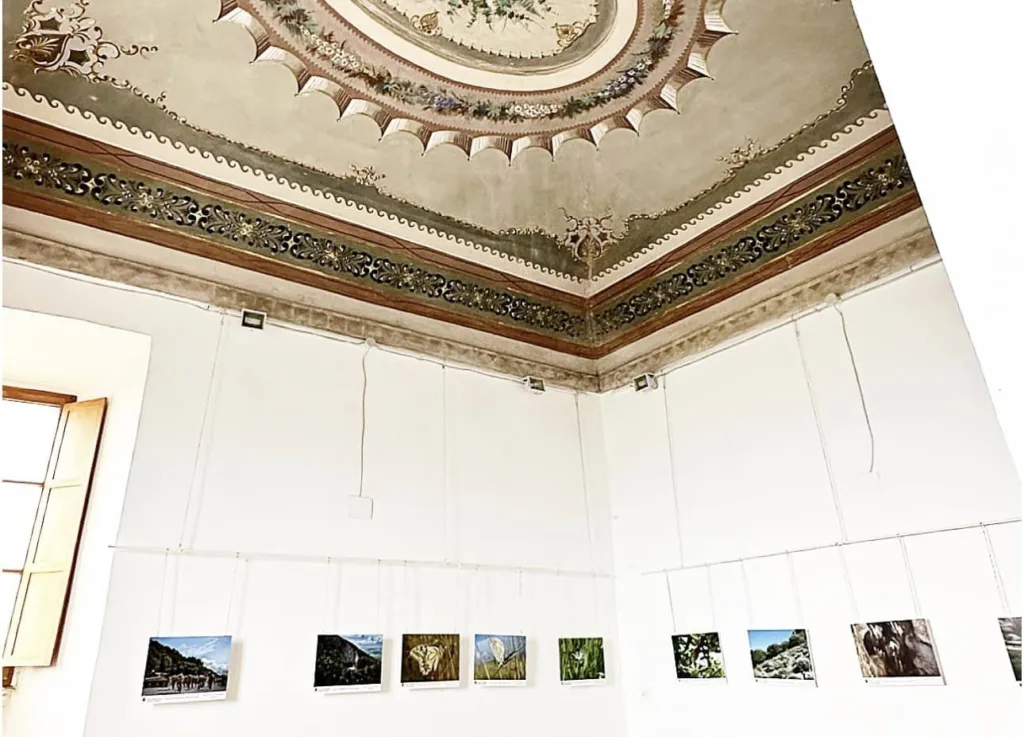
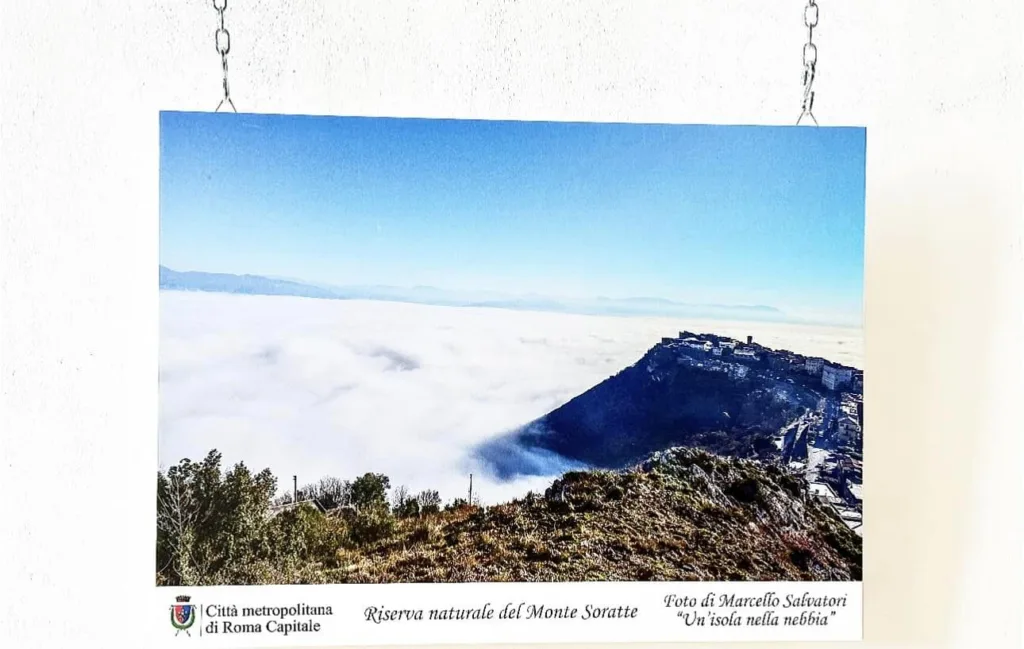

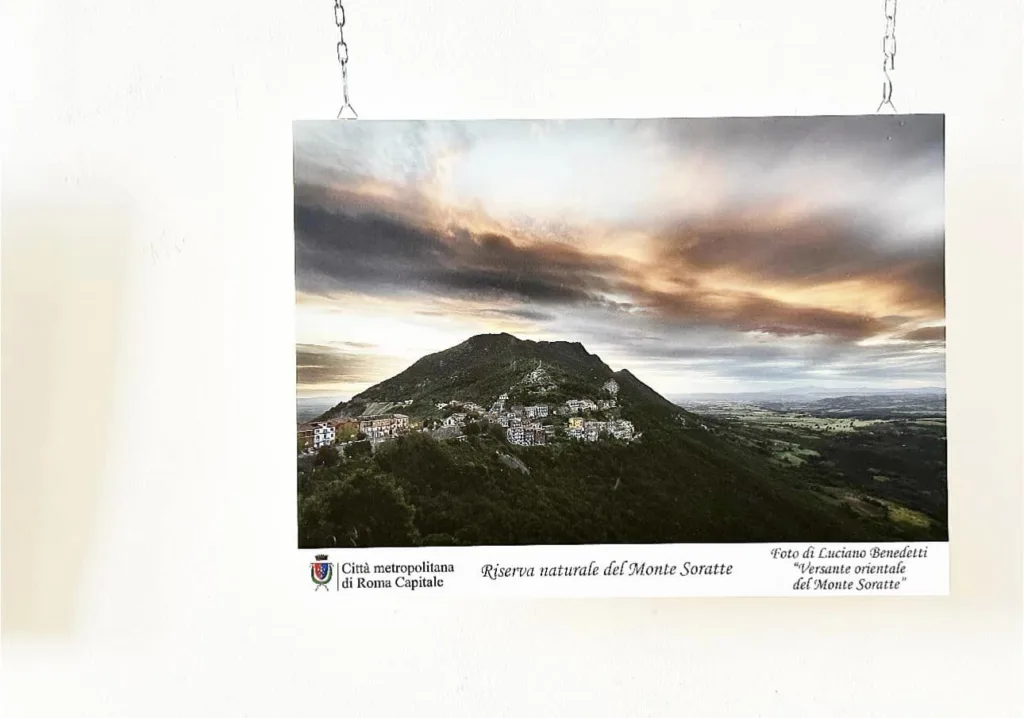
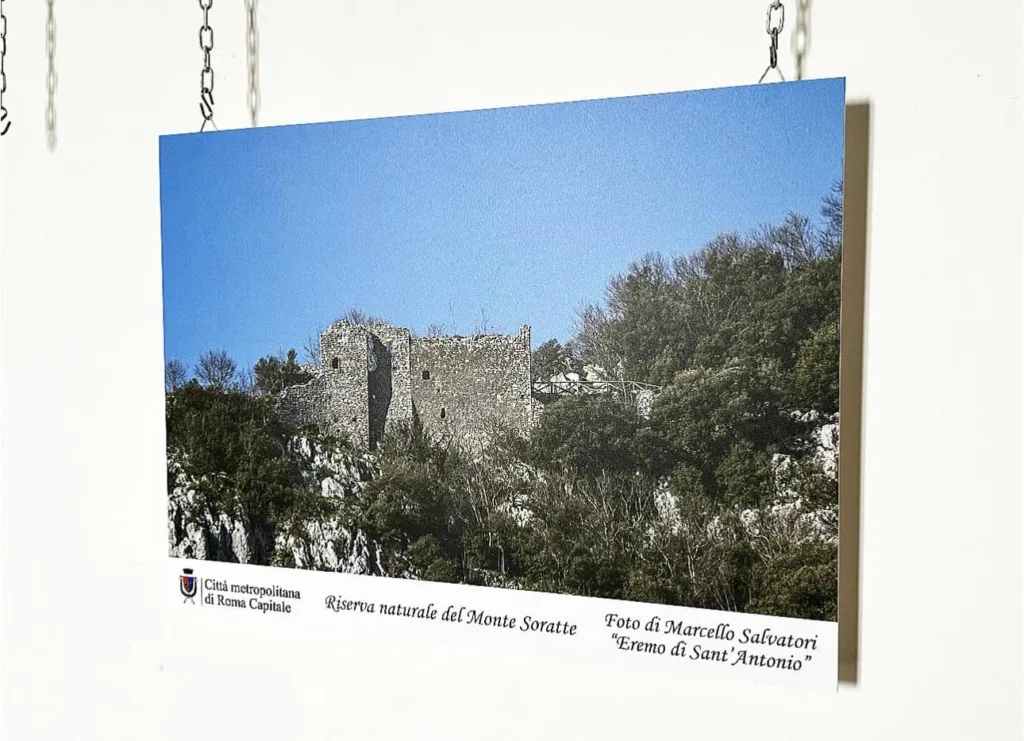
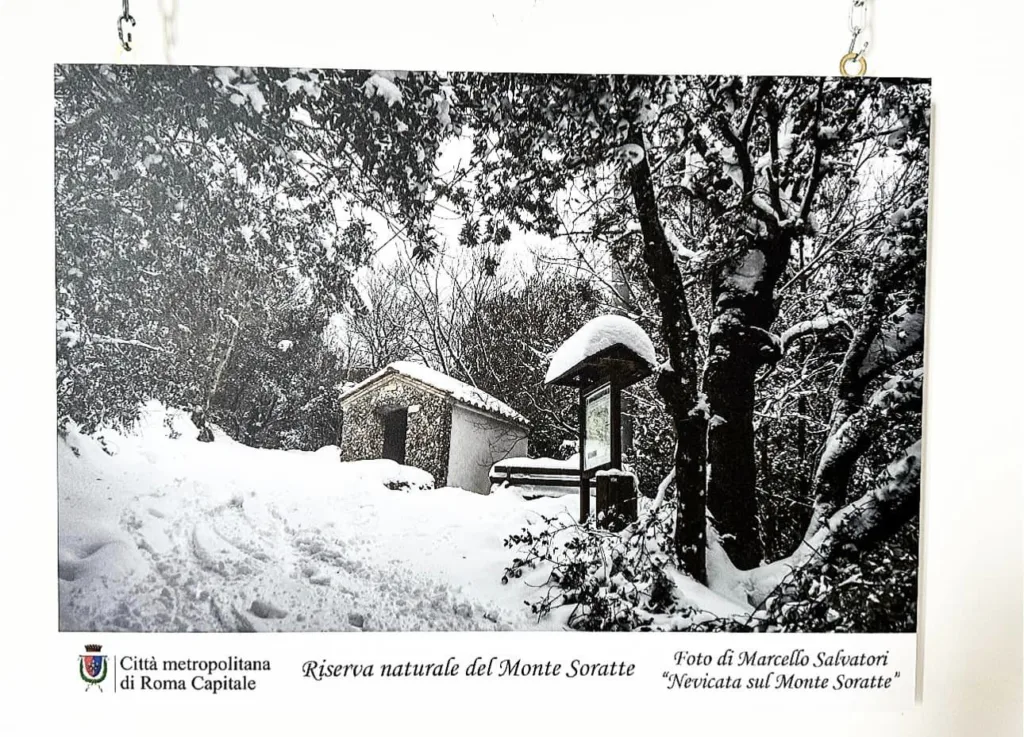
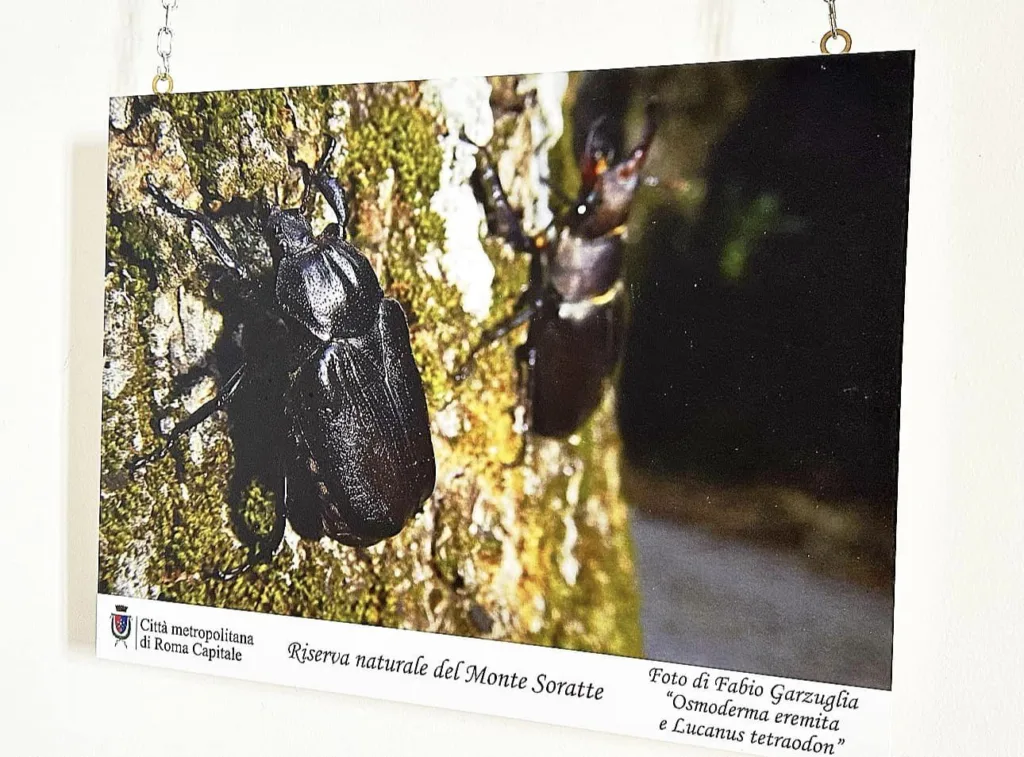
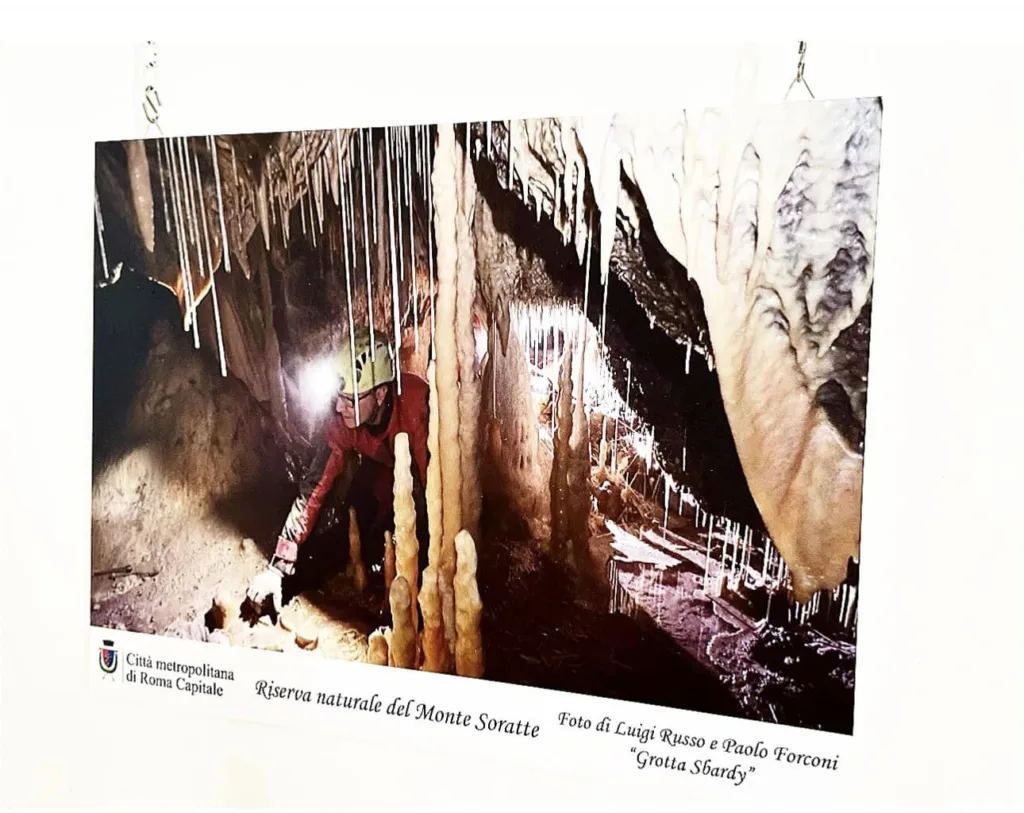
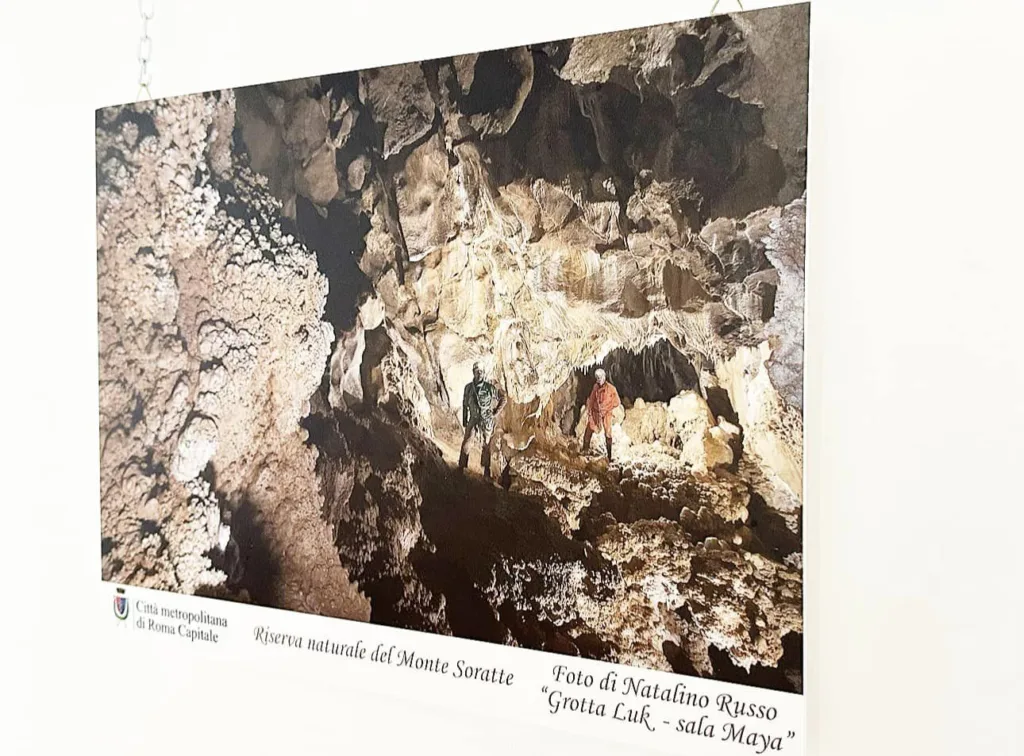
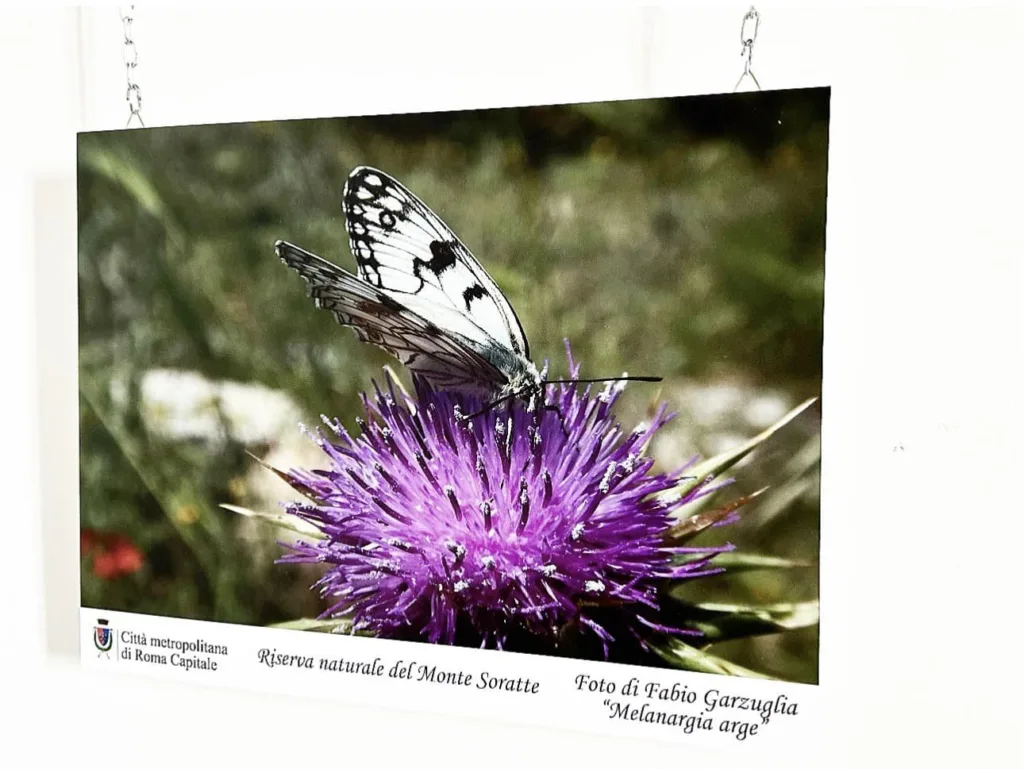


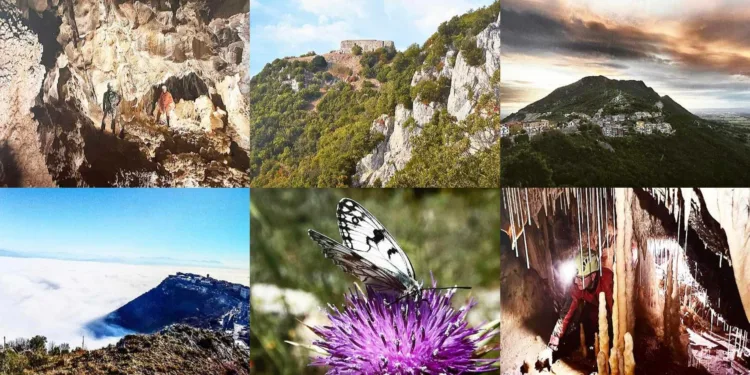





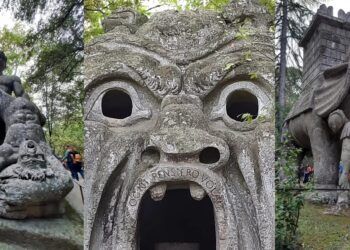

Discussion about this post